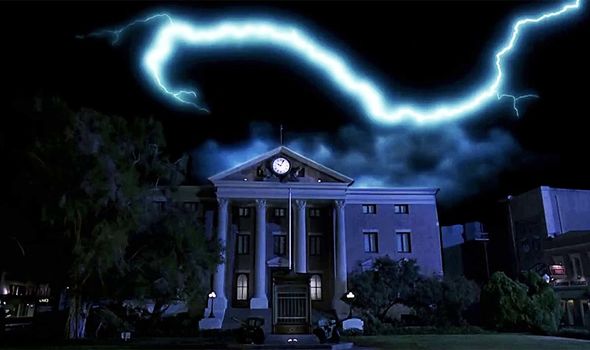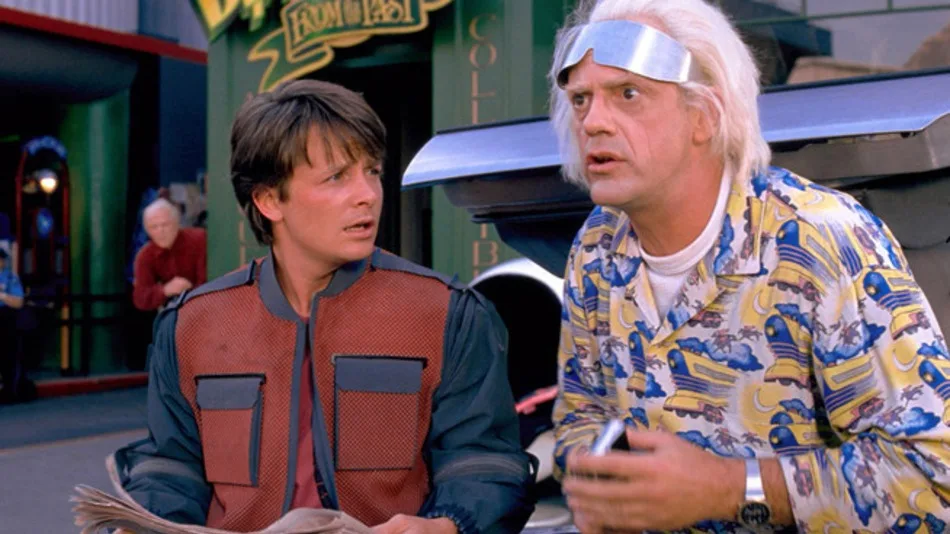Back to the Future - How Doc taught me to make something for the future
# Back to the Future - How Doc taught me to build a future-proof product

Building in the cloud is hard. It sounds easy, everything just runs over there. But when you get into the mix of it, serverless and container based systems, while the present and future of computing are really tough to manage.
The premise of Back to the Future was that Doc, the old smart inventor, fell and hit his head. He them dreamt up the flux capacitor, which makes time travel possible. But in order to start it up, he needed a huge amount of electricity. When the Uranium pickup didn't go quite as planned, he settled on a good ole' bolt of lightning.

This lightning he captured that night is exactly what Commandeer is doing to the cloud. The cloud has limitless energy, but tapping into it feels like connecting to a live wire. Whether it is your docker container system running locally, or your cloud AWS Lambda's, S3, DynamoDB, Athena, or Redshift. Commandeer, provides a focal point, so that a lot more of your system is now able to be visible to you
# The Cubs Win, and Trump is President
Back to the Future Part 2 foretold that when they did go to the future, the President would be that wild, real estate tycoon from New York City, and that same year, the Cubs would end a 108 year old drought, and finally take home the trophy.
Guess what, both happened in 2016!

Great Scott!
Two years ago, we bet the farm that containers and serverless were the future. We were building these systems in Silicon Beach, and to us it was obvious that this was what everyone in the world would be using in a very short time. What that means is the days of running your own servers, or managing your own cloud servers are ending. Computer systems are now truly a commodity. Like electricity, you connect to it, and it just turns on. Your code now, is able to be executed without you for the most part worrying about how.
But, while this is true. These systems still require a lot of know how, and understanding to manage. And the impetus is on the developer more than ever to build and maintain their own infrastructure. It also means that developers need to know their systems like never before. Historically, software developers would build something, and then throw it over the wall to the operations team who put it live into production. This meant, they could throw over anything, and the operations team would handle it from an infrastructure standpoint.
That is changing though, and it means you need to understand your local docker system, be able to run LocalStack, deploy IaC code with Terraform and Serverless Framework, and so much more. We wrangle all of this into one place, so you can not only see your system from a bird's eye view, but also drill-down into the services and work on them.
# The new Flux Capacitor
The future of cloud computing is now. And understanding your system is more imperative than ever. Whether you are a developer, and developer manager, a tester, a data engineer, or data scientist, of an academia learning more about these technologies, tapping into them via the Commandeer Developer IDE will let you get up to speed faster, and work on these systems more efficiently.

Download the Commandeer App - 15-day Free Trial - The #1 developer IDE to manage your serverless and container infrastructures, both locally and in the cloud. With support for 30+ of the best cloud services out there.
